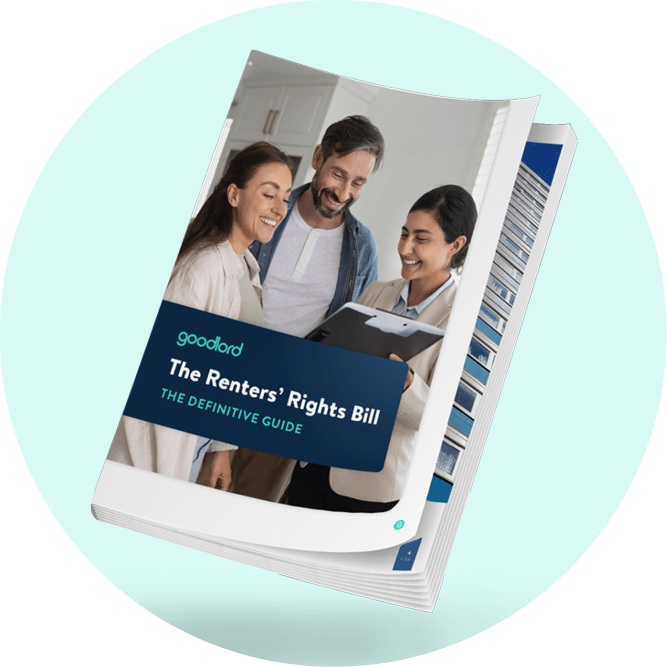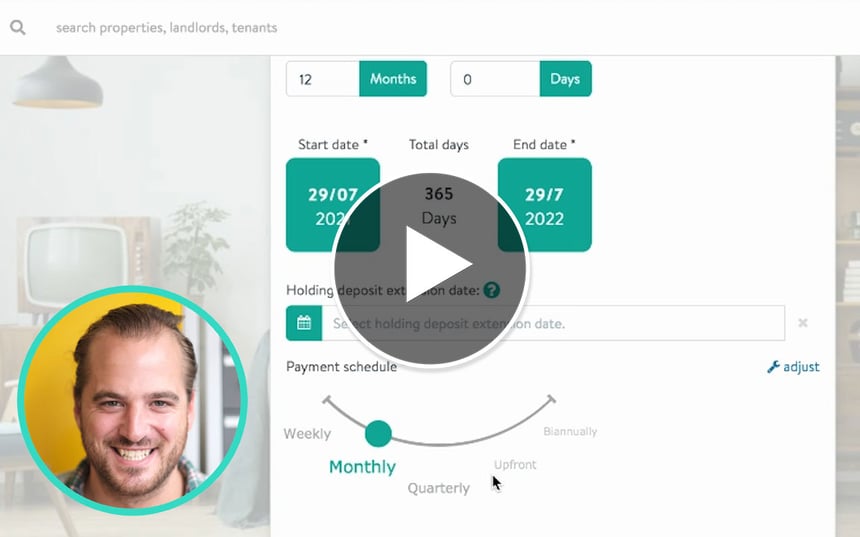How to manage damp and mould in private rental properties?
Learn how letting agents can prevent and manage damp and mould in private rentals, ensuring compliance with upcoming legislation.
As the colder months approach, rental properties become more susceptible to damp and mould due to increased condensation and wet weather. Letting agents need to be proactive in managing these issues to ensure their properties remain, habitable and safe for tenants.
Last year, the government released new guidance on addressing damp and mould in the private rented sector (PRS). This research highlighted key findings and steps landlords and letting agents should follow to manage damp and mould effectively. Here’s what you need to know.
Here's what's covered in this guide:
- How much damp and mould are there in private rented homes?
- Letting agents’ responsibilities for damp and mould
- Does having an energy-efficient home help reduce damp and mould?
- How to reduce the risk of damp and mould in private rented properties?
How much damp and mould are there in private rented homes?
Government data shows that 69% of privately rented homes had some form of damp or mould. Although only 3.6% of these properties had serious "category 1" issues, it’s important to monitor for any damp or mould problems, even minor ones.
Local authorities are responsible for enforcement, but their actions vary widely. They may issue improvement notices, civil penalties, or simply offer advice.
Letting agents play a vital role in ensuring that properties meet health and safety standards by managing damp and mould issues promptly.
Letting agents can download our guide on how to manage damp and mould reports here
Letting agents’ responsibilities for damp and mould
It’s crucial for letting agents to ensure that the properties they manage are free from damp and mould, not only to comply with regulations but also to protect tenants' health.
1. Properties must be hazard free
Under the Housing Health and Safety Rating System (HHSRS), properties must be free from “category 1” hazards, including serious damp and mould. Agents should conduct regular inspections and respond swiftly to any reports of mould.
2. Fitness for Human Habitation
Properties must meet the standards set by the Homes (Fitness for Human Habitation) Act 2018. This means they must be fit to live in, free from conditions like damp and mould that could affect tenants’ health.
2. Awaab's Law and Prompt action
If the Renters’ Rights Bill is passed, Awaab’s Law will require managing agents and landlords to inspect and act on any reported damp or mould issues within 14 days. Taking swift action is essential not just for compliance, but also to avoid potential legal consequences and to safeguard tenant health.
Does having an energy efficient home help reduce damp and mould?
Energy efficiency plays a significant role in preventing damp and mould. Poor insulation, inadequate ventilation, and traditional heating systems can lead to moisture build-up, increasing the risk of damp.
Upgrading properties to meet energy efficiency standards - such as an EPC rating of C by 2030 - can help reduce condensation and moisture problems.
Properties must currently meet Minimum Energy Efficiency Standards (EPC rating E or higher), which can also mitigate damp-related issues by improving ventilation and maintaining consistent temperatures.
Letting agents can download our guide 7 financial support schemes for their landlords' EPC upgrades
How to reduce the risk of damp and mould in private rented properties?
Letting agents can implement several measures to prevent damp and mould from becoming an issue:
- Regular Property Inspections: Schedule frequent inspections, especially in colder months, to identify and address potential damp and mould issues early.
- Timely Repairs: Fix any issues such as leaks, poor insulation, or inadequate ventilation promptly.
- Good Communication with Tenants: Encourage tenants to report concerns early and provide guidance on reducing moisture, such as using extractor fans and keeping windows open.
- Energy Efficiency Improvements: Upgrade insulation and heating systems to prevent condensation and mould growth.
- Monitor for Recurrence: After fixing an issue, follow up with additional inspections to ensure the problem doesn’t return.
Damp and mould are ongoing challenges for letting agents, but with proactive management, these issues can be minimised. Staying informed, conducting regular property checks, and addressing concerns swiftly will ensure that the properties you manage remain safe and compliant.
For more detailed information on how to manage damp and mould in your properties, download our free guide here.
This article is intended as a guide only and does not constitute legal advice. Visit gov.uk for more information.











